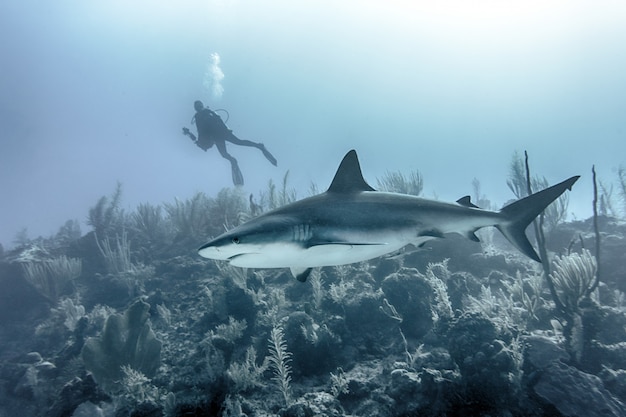10 Intriguing Facts about Great White Sharks

Great white sharks can grow up to 20 feet in length.
The largest great white shark ever recorded was 37 feet long.
Great white sharks have an average lifespan of 30 to 40 years.
Great white sharks can weigh up to 7,000 pounds.
These sharks have around 300 teeth in their mouth at any given time.
Great white sharks have a very strong sense of smell, which helps them locate prey from miles away.
Unlike most sharks, great white sharks are warm-blooded.
Great white sharks can swim at speeds of up to 25 miles per hour.
Despite their size, great white sharks are capable of leaping completely out of the water.
These sharks are known for their incredible hunting strategies and can breach the surface of the water to catch seals.
Great white sharks have several rows of teeth, and when one falls out, another will replace it.
These sharks are excellent swimmers and can cover thousands of miles in search of food.
Great white sharks have special organs called ampullae of Lorenzini that can detect the electrical fields produced by prey.
Great white sharks are found in oceans and seas worldwide, except for the polar regions.
These sharks have a large liver that helps them control their buoyancy.
Great white sharks are curious creatures and will often investigate objects in their environment.
These sharks have a reputation as apex predators, but they also play an important role in maintaining a balanced ecosystem.
10 Intriguing Facts about Great White Sharks part 2
Great white sharks are known for their powerful bite, which can exert a force of over 4,000 pounds per square inch.
These sharks have an exceptional sense of hearing and can pick up low-frequency sounds from far away.
Great white sharks have an impressive memory and can remember specific hunting grounds for several years.
These sharks have been known to migrate long distances, traveling from one ocean to another.
Great white sharks are not known to attack humans intentionally and often mistake them for their natural prey.
These sharks have a unique hunting technique called spy hopping, where they lift their heads out of the water to get a better view of their surroundings.
Great white sharks have a complex social structure, with hierarchies established based on size and dominance.
These sharks have an acceleratory mode of swimming, where they can burst forward to catch prey.
Great white sharks have excellent eyesight, allowing them to see clearly even in low-light conditions.
These sharks have a thick layer of oil in their liver, providing buoyancy and insulation.
Great white sharks have been around for millions of years and have survived multiple mass extinctions.
These sharks are known for their unique coloration, with a dark gray upper body and a white underbelly.
Great white sharks have been studied extensively, providing valuable insights into their behavior and ecology.
These sharks have a strong bite force that can crush bones and tear through thick flesh.
Great white sharks have specialized gills that allow them to extract oxygen from the water efficiently.
These sharks can go several months without eating, thanks to their slow metabolic rate.
Great white sharks have a unique hunting style, often using a stealthy approach to surprise their prey.
These sharks are apex predators, meaning they have no natural predators in the ocean.
Great white sharks have been featured in several movies and documentaries, contributing to their iconic status.
These sharks can regulate their body temperature, allowing them to tolerate a wide range of water temperatures.
Great white sharks have an excellent sense of touch and can detect even the slightest vibrations in the water.
These sharks have multiple rows of serrated teeth, making their bite even more effective.
Great white sharks have a fascinating reproductive system, with females giving birth to live pups after a long gestation period.
These sharks have an important ecological role, as they help regulate the populations of prey species in their habitats.
Great white sharks have a unique pattern of feeding, with short bursts of intense hunting followed by periods of rest.
These sharks have a high tolerance for saltwater due to their specialized kidney function.
Great white sharks have a keen sense of taste and can detect even tiny amounts of blood in the water.
These sharks are often viewed as majestic creatures and inspire awe and fascination in people around the world.

